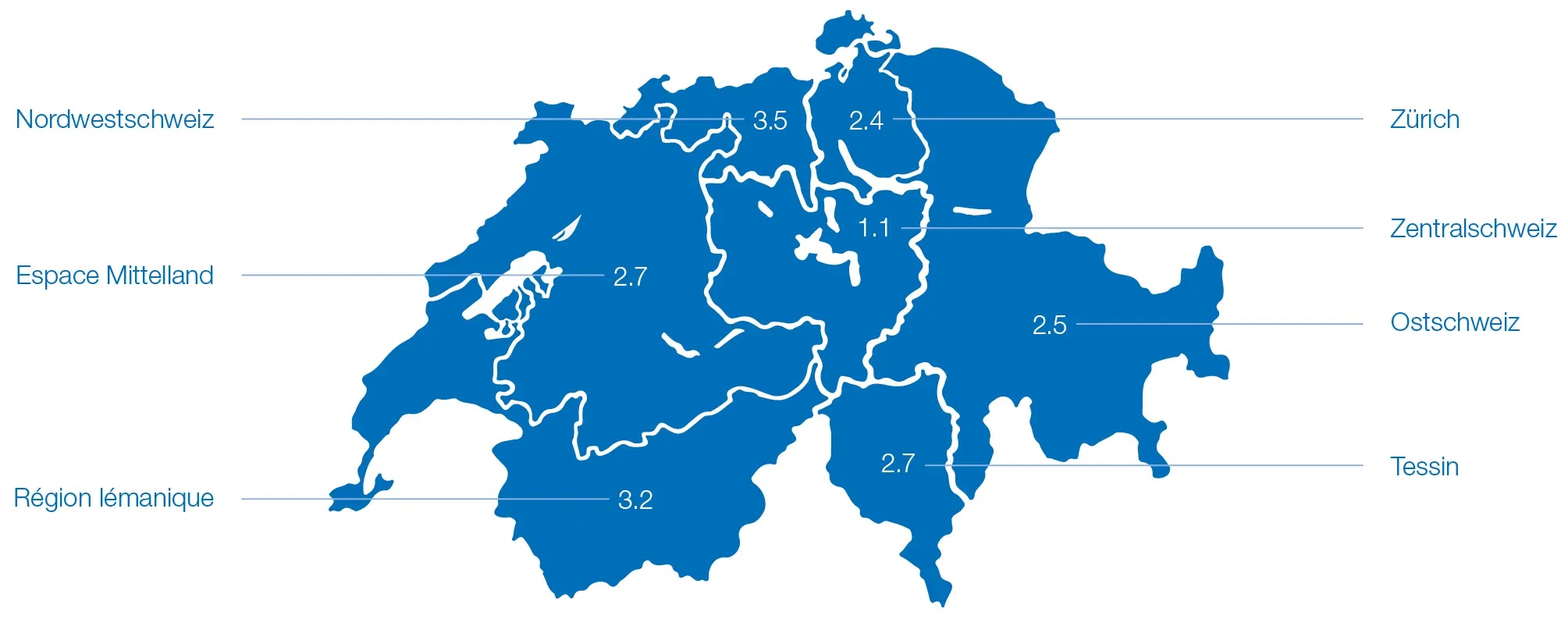Facts and figures about occupational therapists in Switzerland
A project conducted at the ZHAW School of Health Professions collected the first-ever comprehensive data on occupational therapists working in Switzerland, making it possible to anticipate and respond to future challenges.
According to the first-ever in-depth study on the occupational therapy workforce in Switzerland, occupational therapists are more likely to be female, work in the Northwest and specialise in hand therapy. “Comprehensive data are crucial when it comes to managing the development and promotion of our profession,” says Professor Brigitte Gantschnig, who led the study at the Institute of Occupational Therapy. The study makes it possible to analyse and systematically tackle the shortage of skilled labour in the healthcare professions, and it enables the industry to gear its teaching and study places towards the future demand for occupational therapy services, for example for people with chronic illnesses. Conducted by the ZHAW, the Universities of Applied Sciences and Arts Western Switzerland and Southern Switzerland, the Swiss National Association of Occupational Therapists and the Foundation for Occupational Therapy, the nation-wide study describes the professional situation of over 3,000 occupational therapists in Switzerland. The complete findings are available as open research data.
Predominantly female – but not in management
The project team collected data from an online survey from 968 respondents. Overall, between 4,000 and 4,500 people are employed as occupational therapists in Switzerland, which translates to an estimated 4.3 to 4.5 specialists per 10,000 people in Switzerland. Swiss occupational therapy provision is least dense in central Switzerland and highest in western Switzerland. Women make up 90.1 percent of occupational therapists in Switzerland. And yet, the proportion of men in management positions is somewhat higher (15.5 percent). The workload of male occupational therapists tends to be higher, and they’re less likely to be self-employed. In addition to their professional duties, women also often perform care tasks. “Improving access to affordable childcare could help counter the shortage of skilled labour,” Gantschnig says. The average employment level of occupational therapists is 67.9 percent, which is comparable to other healthcare professions and neighbouring countries.
